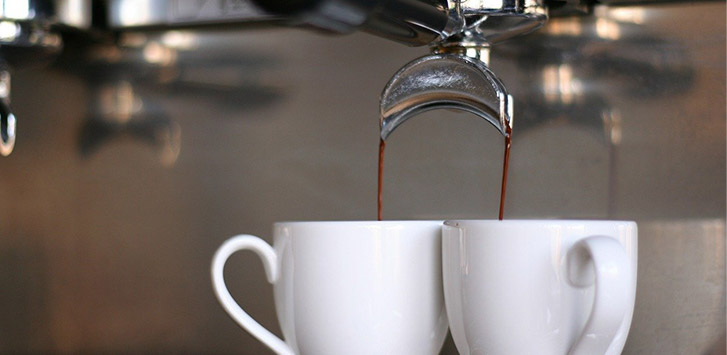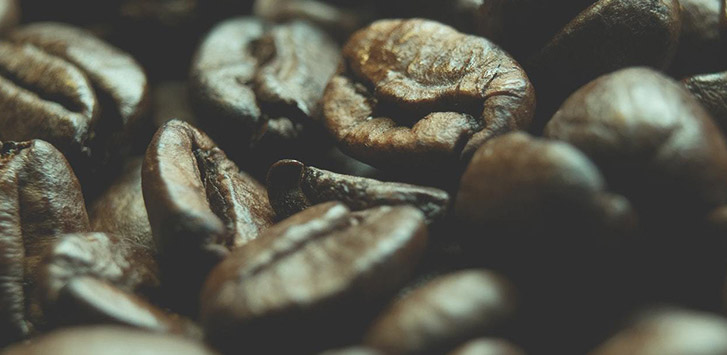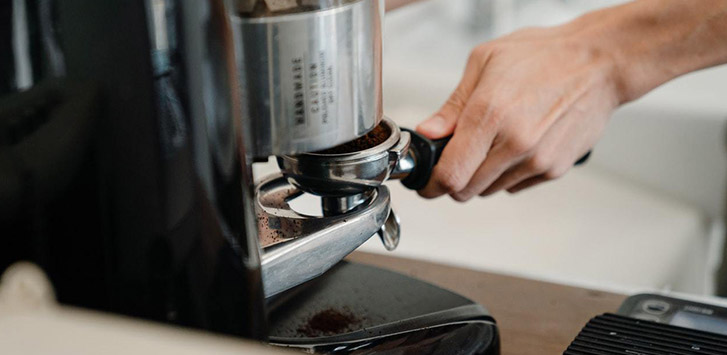
From the espresso’s humble origin as the drink that powered a rapidly urbanizing and industrializing Italy to today, espresso has fueled early morning risers, businessmen and women alike, and those looking for an extra kick that your average morning cup of coffee lacks.
Since espresso’s creation more than 100 years ago, coffee culture has evolved significantly both in the Western world and as well as Africa and Asia from larger chains like Starbucks to more “authentic”, bespoke coffee cafes. The espresso experience is no different -- itself existing within this larger shift in coffee culture.
Like any brewing method, there are various tips and tricks that are assumed to be common knowledge, especially with a drink like an espresso. However, what if you’ve never had an espresso before? What are the best coffee beans and specific roast level for making espresso? Fret not reader, our guide will detail both these points (and more!) to get you started on brewing a delicious espresso in no time.
Coffee Bean Suggestions

Being that we sell unroasted coffee beans, we suggest starting with fresh, whole, and unroasted beans. Starting from literally square one will allow you the freedom and “room” to experiment with various beans to find your favorite. Not only that, but whole beans that are then roasted and ground immediately before brewing retain the flavor profiles better than beans that have been roasted and sat on a shelf for a week.
Historically, Italian espressos have used a blend of both arabica and robusta beans. The robusta beans create an especially caffeinated cup with bold flavors. The use of robusta beans is also said to create a frothier crema. Typically, these robusta beans are usually from Vietnam, but that may not always be the case.
Using these beans within the coffee blend will give the espresso a bit more acidity as well. So, if you want to create a “more traditional” espresso we suggest blending an arabica and robusta.
Learn more about Vietnamese robusta beans with our Vietnamese Coffee Guide.
By and by, espressos made today usually consist just of arabica beans due to most people’s flavor preferences. Exclusively using arabica beans for espresso also creates a less acidic cup. Out of all the varieties of arabica beans we at Coffee Bean Corral carry, we think that the best beans for espresso are Indonesian, Ethiopian, Central American, or South American single-origin coffee beans.
While it is totally fine to use just one single origin bean, more commonly you’ll run across “espresso blends” at grocery store shelves, coffee shops, or even on our website. Often these blends are combinations of various single-origin coffees whose flavor profiles compliment each other well. Part of the fun here is that you can create your own.
If you want to go down that route, read over our Coffee Blend Guide to get a better idea of how to mix and match specific coffees. However, if that isn’t something that interests you, we do also have our own espresso blend that’s available for purchase.
You can check out and try our Ferdelance Espresso Blend here.
Whether you decide to just use a single origin, create your own blend, go down the traditional route with robustas, or use our in-house espresso blend, the second most important step in creating a great cup of espresso is to attain the proper roast level.
Roasting Level Suggestions

Next to choosing the optimal coffee bean, achieving the proper roast level for espresso is just as important. This goes not just for espresso, but all brewing methods as well.
While light roasts can certainly be used for espresso, it’s a bit uncommon to see. Using a light roast within a coffee blend can bring out more floral or fruit flavors that can act as a nice addition to your espresso. Try it out for yourself and let us know in the comments!
More traditionally you’ll see coffee roasters choosing to roast their beans from medium roasted to dark roasts. Dark roasts especially work well with espressos as the flavor notes within the bean won’t get lost if milk or cream is added for an espresso-based drink like a macchiato.
We recommend that if you are just starting in making espressos to stick to dark roasts to get a proper taste and feel for what a full-bodied espresso is “supposed to taste like” before going off and experimenting.
Grind Level Suggestions
Due to how espressos are made, a fine grind is encouraged, though not as fine a grind as used to make Turkish coffee.
The fine ground coffee allows what small window of brewing time there is to fully extract the maximum amount of flavor from the bean because of a larger surface area for the hot water to pass through during the brewing.
If you were to use a Turkish grind for making espresso, you’d find your espresso over-extracted whereas if you used a larger grind size you would end up with scalding hot water spilling out as well as an under-extracted cup of espresso. Both of which are not good!
To achieve a fine grind for making espresso we recommend using the Baratza Encore. This robust, entry-level coffee grinder has not only specific grind settings to ensure that you get the perfect grind every time, but it also can hold up to 8 ounces of whole beans! Perfect for pouring multiple espresso shots for guests!
Conclusion
Now armed with some general “north stars” when it comes to espresso, go and apply these principles to your roasting and brewing practices. Once you feel confident in making espresso, begin to stretch the boundaries, experiment with different roast levels, bean varieties, make your espresso blends, or include it in coffee cocktails. Just remember to keep on roasting!